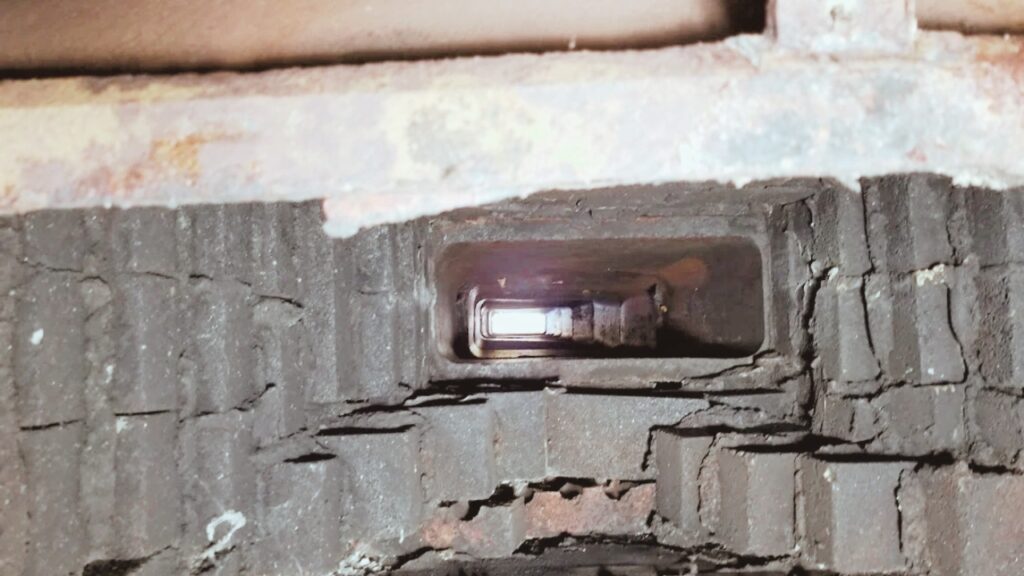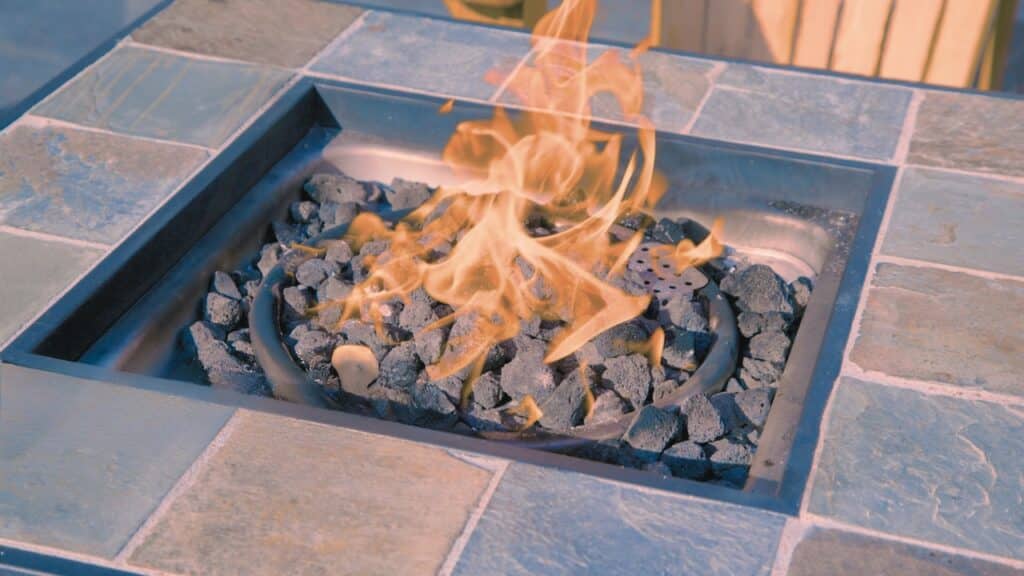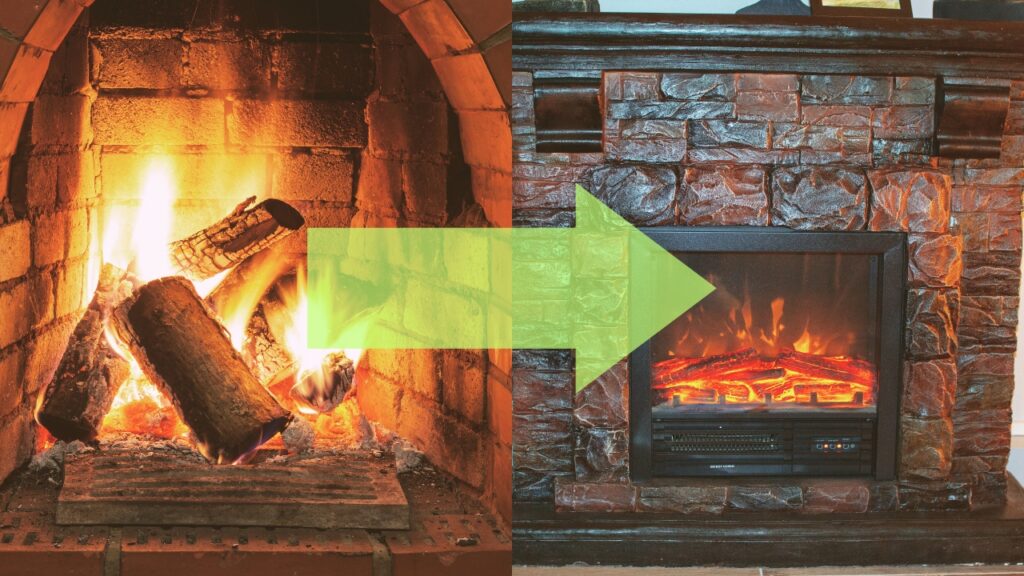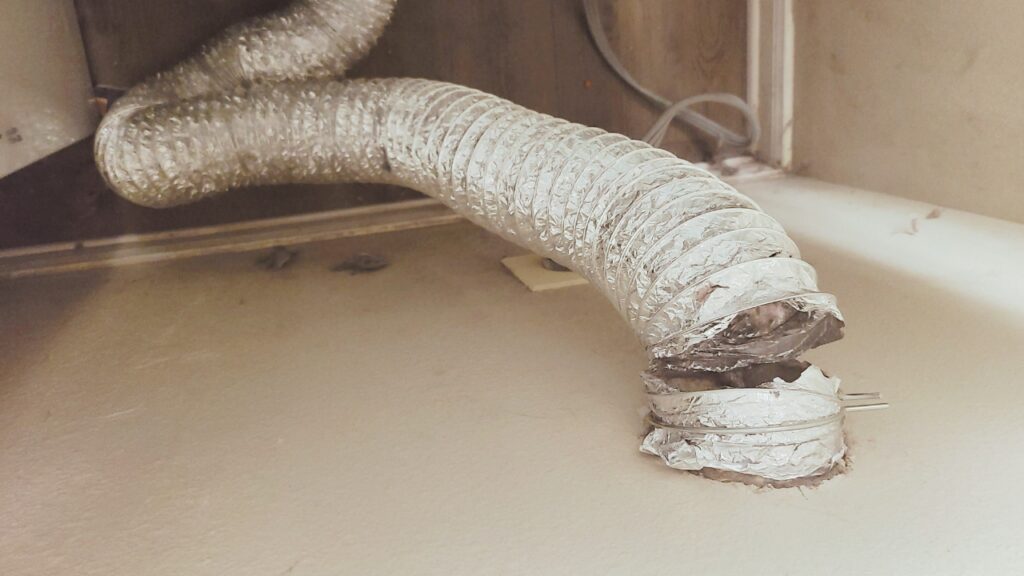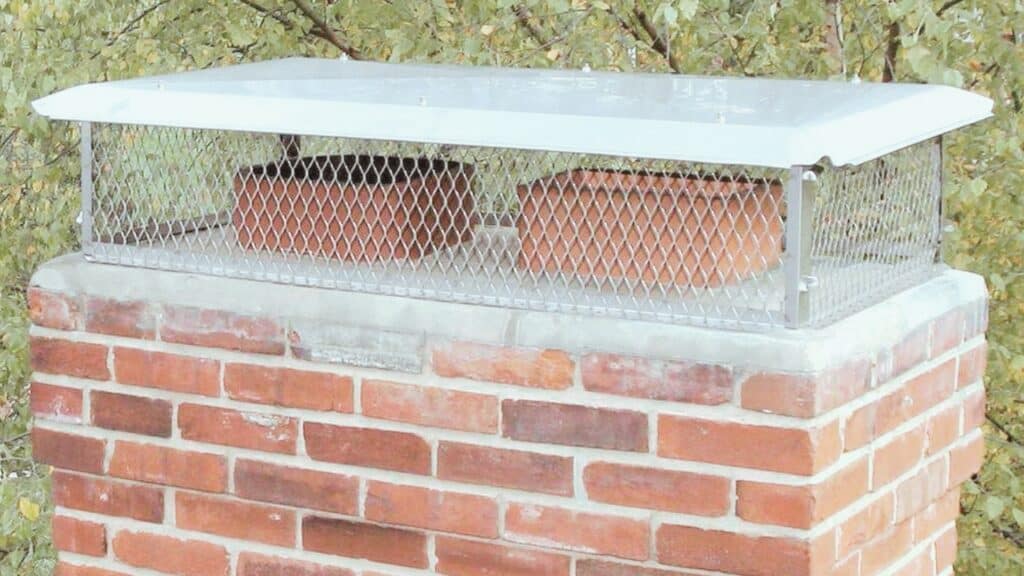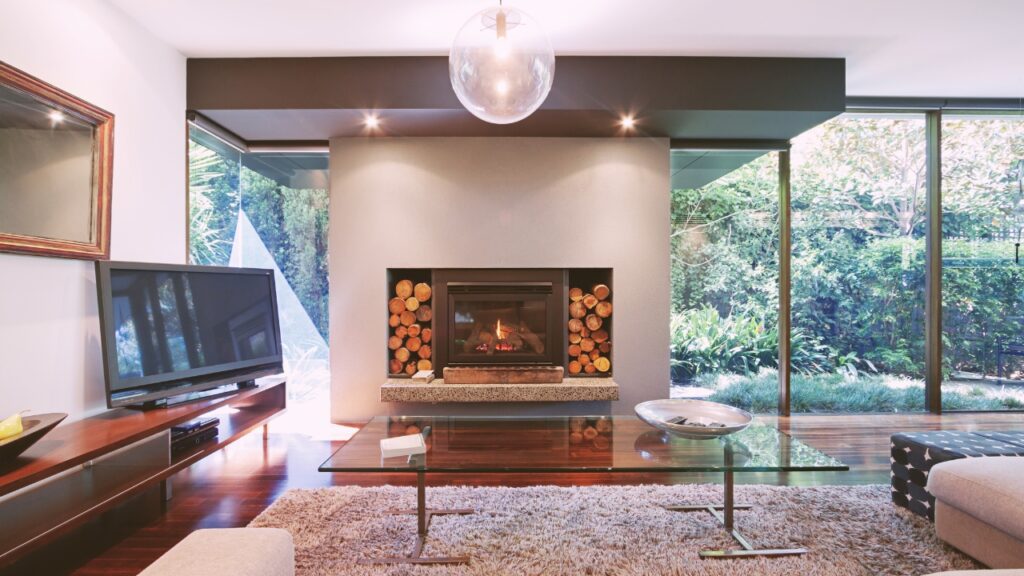Looking for firewood for the colder nights ahead? You’re probably wondering:
Should I buy kiln-dried or seasoned firewood? Are the two even different? If so, does it even matter? In a kiln dried vs seasoned firewood battle, who would win?
Well, kiln-dried and seasoned wood differ in their making and how that impacts your fire burning experience and the overall efficiency of your chimney. If you want your chimney to work efficiently for longer periods of time, without creating too much creosote it’s important to understand which type of firewood is best.
Let’s discuss in detail the difference between kiln-dried and seasoned wood.
Is Kiln-Dried Wood the Same as Seasoned?
You want your fire to ignite easily, burn brightly (without flickering), and produce a minimum of fireplace smoke and creosote. But for that, you need the right kind of firewood. So understanding the difference between seasoned and kiln-dried firewood helps you decide which wood is better for burning.
Once you have that nailed down, you can buy the one best suited for your needs and enjoy a nice, warm fire.
What Is Seasoned Firewood?
Seasoned firewood is firewood that has been naturally dried i.e. air-dried over a period of 6 months to two years.
Freshly cut wood, commonly known as green wood, contains a lot of moisture (up to 50%). But for efficient burning, the moisture inside the wood should be minimum. If not, the fire will not burn as hot (since all the energy will go into burning away the water inside.) Wet wood will also produce more smoke and creosote when burnt, both of which you don’t want.
That’s why firewood needs to be dry for easy and efficient burning. The optimum moisture content is between 15 and 25% for the best burning experience.
Seasoned firewood should have cracks around its edges. It should weigh less (because of lesser water content) and should look a bit dull and grayish.
What Is Kiln-Dried Firewood?
Instead of drying naturally, kiln-dried firewood is dried by placing the greenwood in a temperature-controlled kiln. The artificial process takes between 3 to 6 days to bring the wood to an ideal moisture level. It involves heating the greenwood inside the kiln by circulating hot air over the wood stack. The temperature inside the kiln ranges from 120 to 190 degrees F.
Seasoned vs. Kiln Dried Firewood
Here’s a head-on comparison of seasoned and kiln-dried firewood based on various factors to help you decide which one’s better for your fireplace:
| Seasoned (Air Dried) Firewood | Kiln-Dried Firewood | |
| Time required for drying | 6 months to 2 years | 3 to 6 days |
| Moisture content | Varies, between 20% to 30% | Less than 20% |
| Starting a fire | Takes more time | Easier and faster |
| Best to burn | Flickers, produces less heat | Doesn’t flicker, produces more heat |
| Availability | Difficult to find during off-season | Available throughout the year |
| Environmentally Friendly | Produces more smoke | Produces less smoke |
| Health and Safety | Releases toxins and harmful vapors due to the presence of mold, pests, etc. | Doesn’t release toxins because any mold or pests present are removed inside the kiln |
| Price | Cheaper | Expensive |
Wood Drying Times
As we know, seasoned firewood takes 6 months to two years (some even suggest up to 3 years) to dry properly. Compared to that, it only takes kiln-dried wood 3 to 6 days to reach an optimum moisture level.
It’s not just the waiting that’s the issue with firewood seasoning but also the issues that come along with it.
Since it takes so long for seasoned firewood to dry, it needs to be stacked properly and stored in a rack, away from moisture. But you have to leave the sides open for ventilation (which is extremely important for air drying.) So when it rains, water can make the wood wet.
Then there’s the issue of pest infestation and mold creation. You don’t want to use an infested firewood or one with molds if you want to keep yourself and your family safe from toxins.
The kiln drying process reduces the waiting time to just a few days, preventing things such as pest infestation, mold creation, etc. from ruining the firewood.
Best for Starting a Fire
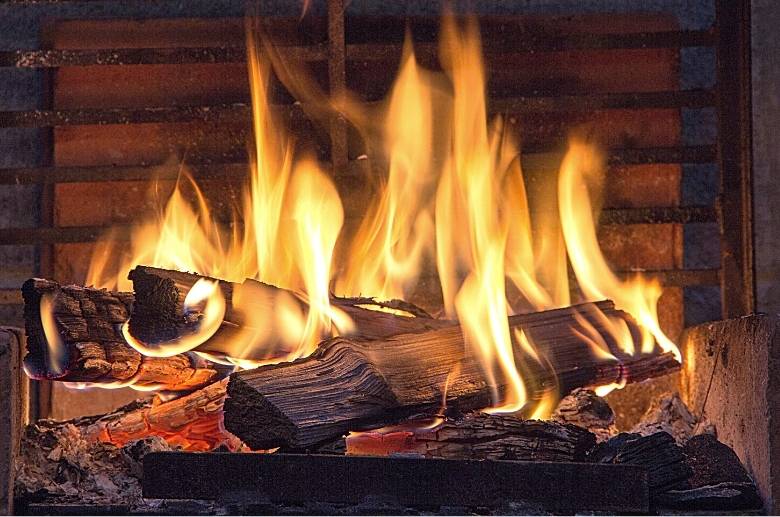
It’s much easier to start a fire using kiln-dried firewood compared to seasoned firewood. That’s because the moisture content of kiln-dried firewood is always less than 20%. On the other hand, it’s difficult to achieve such low levels of moisture through air drying. That’s because kiln drying is a controlled process; whereas, seasoning is a natural process so the moisture content varies a lot.
Best to Burn
The lower moisture content of the kiln-dried firewood also suggests that it will burn much better than seasoned firewood. Kiln-dried firewood also burns much longer and flickers less compared to air-dried firewood. That’s also why kiln-dried firewood is much more efficient and produces more heat.
The difference can be clearly seen in this video.
Ready to Burn Immediately
Seasoned firewood has the advantage that anyone can cut fresh wood and stack it up for seasoning. The only problem is that you’ll have to wait and make sure that nothing goes wrong with the wood i.e. mold growth, pest infestation, etc.
On the other hand, if you buy seasoned wood from the market, there’s still a good chance that the seller might be selling you wood that still has a lot of moisture. There’s also the issue that well-seasoned wood is not available in the market all year round.
Compared to that, kiln-dried firewood is available throughout the year in ample supply. That’s because it isn’t affected by the varying seasons. And since it’s a controlled process, you can be certain that the moisture content of kiln-dried wood will always be less than 20%.
Eco-Friendly
Kiln-dried wood has less moisture content so it produces less smoke. Lesser smoke means less air pollution. So kiln dried firewood is more environmentally friendly compared to seasoned firewood. It’s also healthier than seasoned wood since the kiln drying process destroys any mold and pesticides that may have formed.
Price
Kiln dried firewood is generally 20% to 30% more expensive than air-dried firewood. The extra cost is due to the investment in establishing and the cost of running a kiln. So you’ll get a cord of seasoned wood for $250 to $350 while a cord of kiln-dried wood will cost $400 to $450.
The prices vary depending upon various factors such as season, locality, type of wood, etc.
The Takeaway
Kiln-dried firewood is a clear winner in the Kiln Dried vs Seasoned Firewood battle. It has many advantages over seasoned or air-dried firewood. These include:
- Faster to produce
- Less than 20% moisture
- Easier to ignite
- More heat
- Less flickering and smoke
- Cleaner
The only thing in favor of seasoned firewood is its price. Seasoned firewood is at least 20% cheaper than kiln-dried firewood. But if you factor in the greater heat and efficiency kiln dried firewood provides along with convenience, you’d be happy to pay the price.

